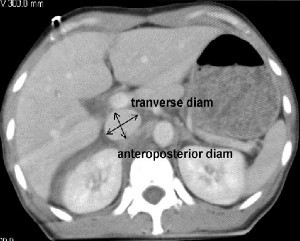Many people don’t realize, but falls are more common than motor vehicle crashes. The elderly are most commonly involved, and injuries frequently have a major impact on quality of life. Dogma tells us that we should image the full spine if any part of it is fractured.
A group at Thomas Jefferson University questioned this practice (good!) and designed a study to look at its efficacy. They hypothesized that the low energy involved would not cause enough non-contiguous spine injuries to be of concern.
They designed a retrospective study using a large pool of data from the Pennsylvania Trauma Systems Foundation trauma registry. Here are the factoids:
- Only patients older than 65 who fell from standing and sustained a cervical spine fracture were included
- Of over 14,500 elderly patients who fell, 1102 sustained a cervical fracture
- 1083 of these patients were neurologically intact (99%) and the status of the remainder of their spine was evaluated
- 7% of neuro intact patients with a cervical fracture also had a thoracolumbar spine fracture
- Three of these 74 patients required a surgical spine procedure
- The presence of a rib fracture was associated with triple the incidence of a thoracolumbar fracture
Bottom line: Although this study looks convincing, there are a few issues. First, it’s a registry study and data quality is always a concern. This may explain the lower than usual incidence of thoracolumbar fractures after fall from standing compared to other reports. And based on their work, the authors recommend CT screening of the T and L spines if a cervical fracture is present. This may be overkill, and an initial screen with conventional spine xrays may help decrease the number of spine CTs performed, even though sensitivity and specificity for these studies is low.
Reference: Is full spine imaging necessary in the elderly, fall from standing trauma patient with a cervical fracture? EAST 2014, oral paper 13.
Related post:


